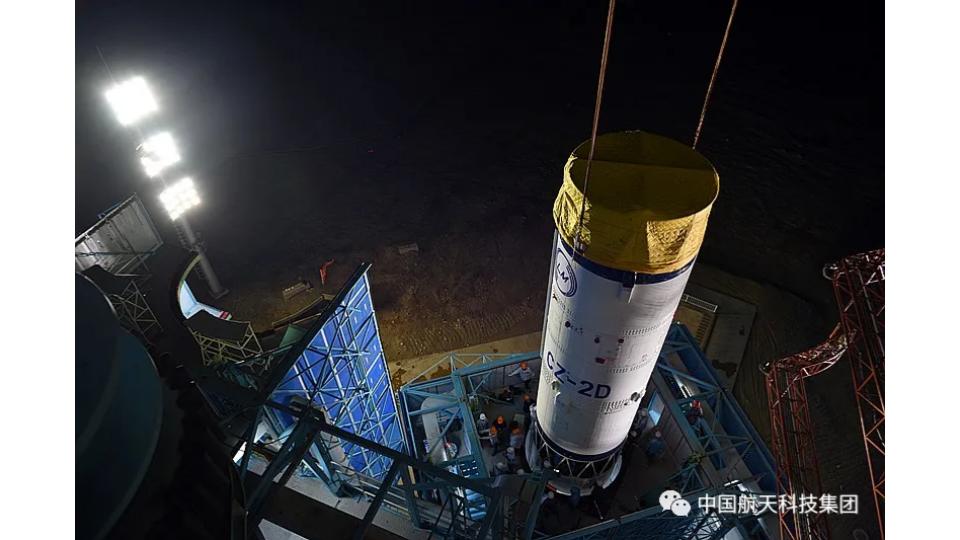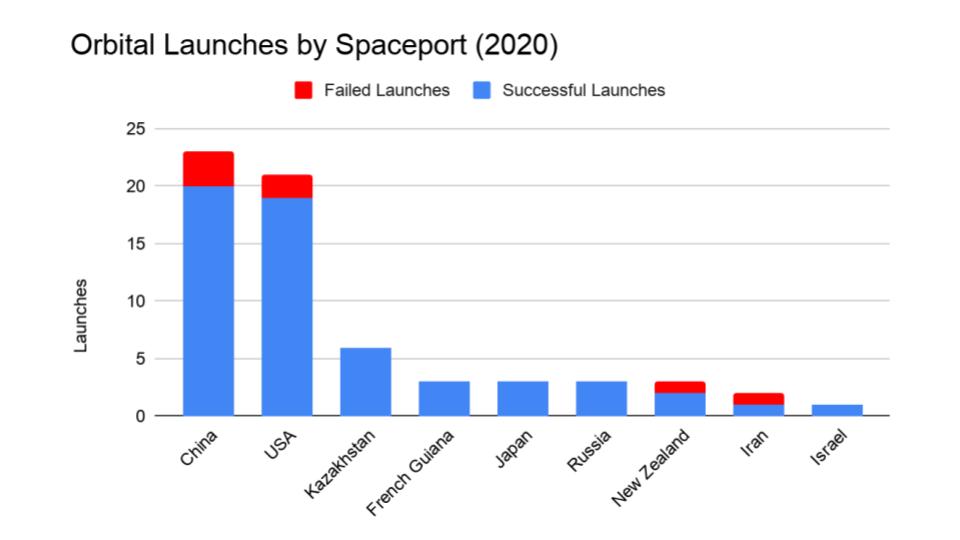Media
Transcript
Thanks to a number of delays, we have just one launch attempt to bring you today:
On August 23rd at 02:27 UTC, a Long March 2D rocket launched from pad 603 at SLS-2 of the Jiuquan Space Center in northern China, which is the nation’s most active spaceport. It was carrying the fifth Gaofen-9 satellite to orbit, along with two other smaller satellites.

The China Aerospace Science and Technology Corporation (CASC) quickly confirmed the successful launch and deployment of the fifth satellite in the Gaofen 9 series, and also confirmed the successful deployment of two smaller defense-related satellites.
The first of these, the Tiantuo-5, is an experimental smallsat developed by the National University of Defense Technology. The Tiantuo series of satellite masses just under 80 kilograms each and, in the past, have included remote sensing and Automatic Identification System (AIS) receivers, as well as other experimental technologies.
The other unnamed smallsat launched was also a technology demonstration platform, this one specifically built for the People’s Liberation Army. The platform is intended to research various communication, navigation, and remote sensing technologies on behalf of China’s armed forces.
The Gaofen itself masses about 4,600 kg and is capable of sub-meter resolution imagery from its sun-synchronous orbit. It’s part of the China High-resolution Earth Observation System, or CHEOS, which was implemented beginning in 2010. The satellites in this constellation contain a mix of radar, infrared and optical sensors that can be used separately or in combination during observing runs to assist Chinese authorities in land surveying, urban planning, road network design, agriculture, and disaster relief.
That’s all the launches we have for you this week. But before we wrap up, I want to update you on the progress of three other missions that we covered when they launched earlier this summer.
Back in July, three different nations sent spacecraft rocketing toward Mars.
The United Arab Emirates’ probe, Al-Amal (or “Hope”), lifted off from the Tanegashima Space Center in Japan on the 19th of July. Al-Amal is the first interplanetary probe sent to space by a country in the Middle East, and it will orbit the Red Planet gathering much-needed data about the Martian atmosphere.

Four days later, on July 23rd, Tianwen 1 lifted off from China’s Xichang Satellite Launch Center aboard a Long March 5 heavy-lift rocket. Tianwen 1 is an orbiter plus lander/rover combo that, if successful, will make China the 3rd country in history to soft-land a probe on the surface of a planet with a history of being rough on spacecraft. They’ll be just the 2nd to operate a rover on the Martian surface.
Finally, on July 30th, NASA launched a new Mars rover to space from the Florida Space Coast atop ULA’s workhorse, the Atlas V. Perseverance will be the 5th rover the US has landed on Mars, and it carries a small helicopter called Ingenuity, which will be the first flight-capable instrument to fly on another world.
As we reported back then, all three launches were successful in putting their payloads on track for arrival at Mars in February 2021. However, minor course corrections on all three craft are a planned part of those trajectories at various points along the way. I’m pleased to report to you today that all three spacecraft have successfully made their initial course corrections, and all are in good health.
To wrap things up, here’s a running tally of a few spaceflight statistics for the current year:
Toilets currently in space: 3
Toilets burned up: 2
Total satellites humans put into orbit: 688 (includes those launched from other in-orbit craft, such as the ISS)
Total satellites from launches: 672
Total 2020 launch attempts: 64 (including 7 failures)

Annie keeps track of orbital launches by where they launched from, also known as spaceport. Here’s that breakdown:
China: 23
USA: 21
Kazakhstan:6
French Guiana: 3
Japan: 3
Russia: 3
New Zealand: 3
Iran: 2
Israel: 1
Your space fact for the week comes from Beth Johnson: Jupiter’s moon Io is the most volcanically active world in the Solar System, with hundreds of volcanoes, some erupting lava fountains dozens of kilometers high, and yet Io doesn’t have plate tectonics.
Learn More
China launches fifth Gaofen-9 series Earth observation satellite
Credits
Hosts: Dave Ballard (Twitch), Gordon Dewis (podcast)
Writers: Dave Ballard, Gordon Dewis, Ally Pelphrey
Audio and Video Editing: Ally Pelphrey
Content Editing by Beth Johnson
Executive Producer: Pamela Gay
Intro and Outro music by Kevin MacLeod, https://incompetech.com/music/


 We record most shows live, on Twitch. Follow us today to get alerts when we go live.
We record most shows live, on Twitch. Follow us today to get alerts when we go live.